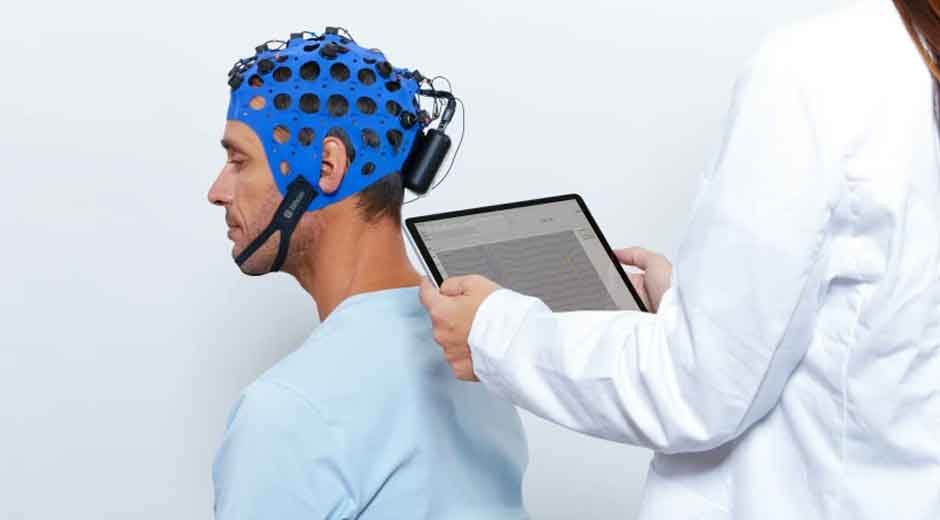Many individuals experience periods where mental focus, emotional steadiness, or overall clarity seem more complicated to maintain. These patterns may appear during stressful situations or persist without a clear explanation. When such symptoms become frequent, they can indicate a more profound imbalance within the brain’s natural rhythms.
Rather than relying only on observation or self-reporting, specific methods now allow professionals to measure brainwave activity directly. One such approach, brain mapping therapy, records electrical patterns in the brain to highlight regions that may be overactive or underperforming. This data can help explain why some mental and emotional experiences feel harder to manage than expected.
What Brainwave Patterns Can Tell Us
The brain sends signals using electrical impulses, and these signals follow specific rhythms depending on the task or mental state. When everything is working efficiently, a person might feel balanced, alert, and emotionally steady. But if specific areas are producing too much or too little activity, those rhythms can become disrupted.
qEEG technology records this activity by placing sensors on the scalp and collecting brainwave data while a person is at rest. The readings are then compared to baseline patterns from a larger reference group. This helps clinicians identify areas that may be overactive or underactive, providing them with a better understanding of what may be affecting attention, sleep, or emotional regulation.
Understanding What It Means to Feel Out of Sync
Feeling out of sync usually goes beyond momentary stress. It may involve struggling to concentrate even with strong intentions, feeling emotionally numb without explanation, or experiencing high levels of tension without a clear cause. These patterns reflect internal communication issues within the brain.
How the Process Works
- qEEG sessions are non-invasive and typically last under an hour. Individuals wear a cap that records natural brain activity while they rest. The process usually covers:
- No stimulation or discomfort is involved
- Brainwaves are recorded through external sensors
Data is converted into visual brain activity maps
These maps help professionals link symptoms to specific patterns. The information generally supports more tailored approaches alongside other treatment tools.
Where This Approach Is Being Used
These days, more and more providers are offering this method to people who want a deeper understanding of their ongoing mental health struggles. It is used in conjunction with traditional therapy to create a more personalized care plan. Follow-up sessions may be included to review results and discuss patterns in brain activity. This approach helps people better understand how their brain works and offers guidance for those looking for options beyond typical therapy.
Who May Find Value in These Assessments
Individuals experiencing ongoing concerns, such as difficulty focusing, restlessness, mood changes, or sleep disturbances, may benefit from this type of analysis. It is also helpful for those who sense something is off but have found it hard to explain. Visualizing brainwave activity can make the invisible feel more understandable. While this tool is not intended to replace therapy, it can enhance existing efforts by providing a clearer understanding of how the brain contributes to everyday challenges. For many, that additional layer of information creates a more confident path forward.
Brain mapping therapy provides professionals with a non-invasive method for visualizing brain activity and identifying areas that may be contributing to emotional or cognitive difficulties. With the help of qEEG, individuals and care providers can gain a deeper understanding of mental patterns that may not be immediately apparent. This process supports informed planning and provides an additional option for individuals seeking clarity in their mental wellness journey.










